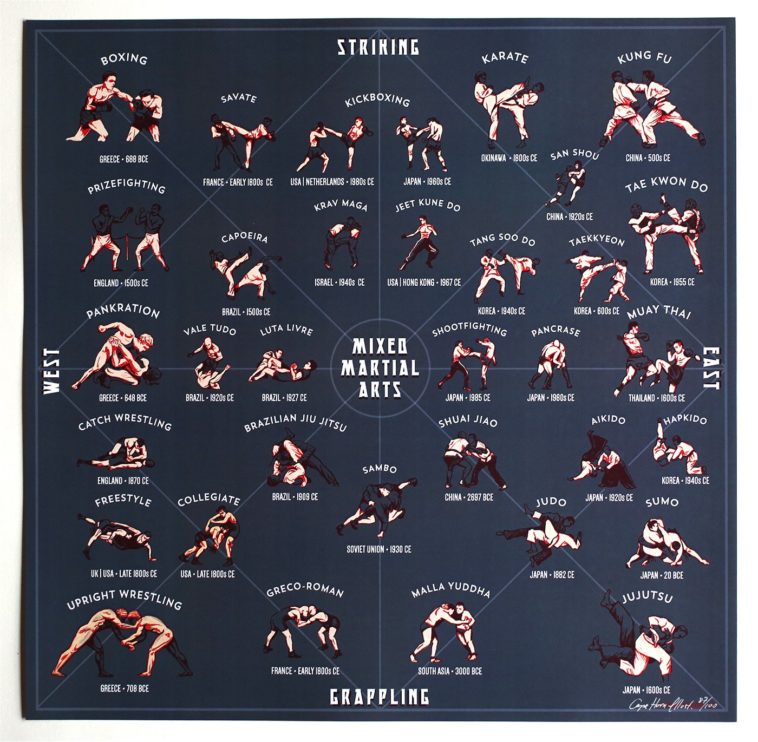Debunking The Different Fighting Style Designs: From Karate To Taekwondo
Debunking The Different Fighting Style Designs: From Karate To Taekwondo
Blog Article
martial arts to learn at home Created By-Carlson Bondesen
Are you tired of sensation overwhelmed by the vast globe of martial arts? With many designs to choose from, it can be easy to get lost in a sea of strikes, kicks, and strange names. However worry not!
This discussion will certainly debunk the various fighting styles designs, taking you on a journey from the powerful strikes of Martial arts to the dynamic kicks of Taekwondo. Prepare yourself to discover the beginnings, methods, and philosophies behind these old art forms.
So, tighten your belt and prepare to embark on an enlightening expedition into the captivating world of fighting styles.
Beginnings of Martial Arts Styles
The origins of martial arts designs can be traced back to old civilizations and their requirement for protection and fight techniques. Throughout background, different cultures created their own special approaches of combating, each with its very own collection of techniques and viewpoints.
In China, for example, martial arts designs such as Martial art and Tai Chi were established as a way of self-defense and improving physical and psychological health.
In Japan, the samurai warriors created styles like Martial arts and Judo, focusing on discipline, accuracy, and mastery of the body.
In a similar way, in Korea, Taekwondo became a martial art stressing high kicks, fast motions, and mental determination.
These early human beings laid the structure for the varied selection of fighting styles designs that exist today, each with its very own rich background and social relevance.
Strategies and Training Methods
To understand fighting styles styles, specialists must learn various methods and training methods.
Strategies are the details movements and activities made use of in fight, such as strikes, kicks, tosses, and obstructs. Different fighting styles designs have their own distinct collection of methods that professionals need to understand via strenuous training.
Educating methods vary depending upon the style, yet they typically include a mix of physical fitness, drills, competing, and kinds.
Physical conditioning is vital to construct toughness, adaptability, and endurance. Drills help professionals fine-tune their methods and improve their speed and precision.
Competing allows practitioners to practice their strategies in a regulated, realistic environment. Kinds, additionally known as kata, are cut-and-dried series of motions that help practitioners create muscular tissue memory and emphasis.
Philosophies and Principles
Checking out the ideologies and principles of fighting styles designs can offer you with a deeper understanding of your selected discipline. Each fighting style has its own distinct philosophy and set of guiding concepts that form the method it's exercised.
For instance, Martial arts highlights technique, respect, and self-discipline. It teaches professionals to concentrate their minds and bodies, enabling them to defend themselves while preserving a feeling of internal tranquility.
On the other hand, Taekwondo puts a solid emphasis on rate, dexterity, and flexibility. why martial arts is bad are rooted in the tenets of politeness, honesty, determination, self-discipline, and resolute spirit.
Final thought
Since you have actually discovered the origins, strategies, and approaches of various fighting styles styles, you have a much deeper understanding of these old self-controls.
Picture a young karate pupil, practicing with undeviating determination and emphasis, breaking through boards with a powerful punch.
Their trip showcases the dedication and toughness called for to understand a martial art, advising us that with self-control and perseverance, anything is feasible.
